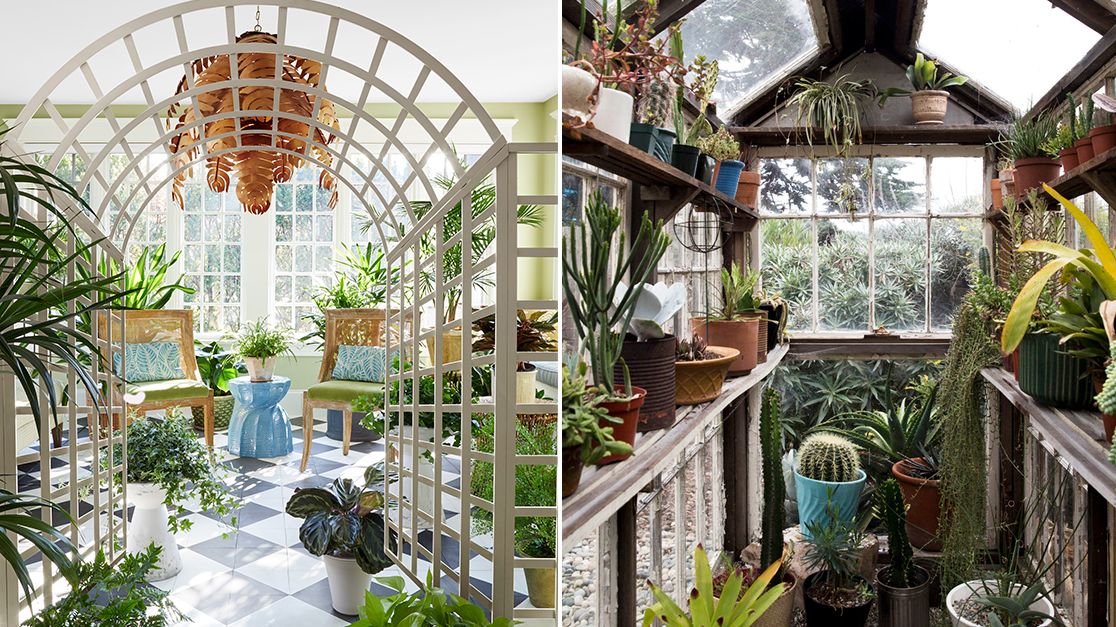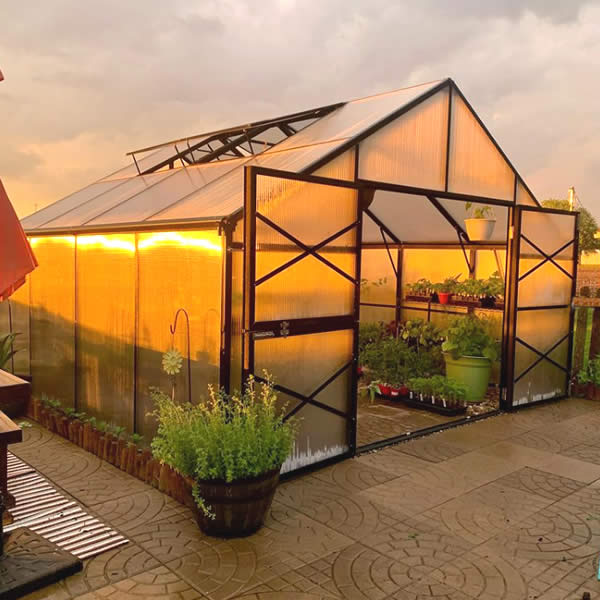Industrial Growing Solutions: Monarch Commercial Greenhouse Utah Innovations
Wiki Article
The Future of Greenhouses: Technologies in Sustainable Agriculture
Are you interested concerning the future of greenhouses and just how they are transforming lasting agriculture? From sophisticated environment control systems to vertical farming techniques, water-efficient watering techniques, sustainable power assimilation, and clever data analytics, these innovations are changing the method we grow our food.Advanced Climate Control Systems
To achieve optimal growing problems, you can rely upon the improvements in greenhouses with innovative environment control systems. These systems have transformed the way we grow crops, providing a regulated atmosphere that contributes to plant development. With these ingenious systems, you can now adjust temperature level, moisture, light degrees, and also carbon dioxide focus to produce the ideal problems for your plants to prosper.One of the key functions of these sophisticated environment control systems is their capability to manage temperature level. By using sensing units and automated controls, the greenhouse can readjust the temperature level based on the particular requirements of the plants. This ensures that they are never revealed to severe warmth or cold, which can be harmful to their growth.
Humidity control is another crucial element of these systems. By keeping the suitable moisture levels, you can stop issues such as mold and mildew, mold, and condition from affecting your crops. These systems can also manage the amount of light that gets to the plants, guaranteeing that they receive the optimal amount for photosynthesis.
Furthermore, progressed environment control systems can even manipulate CO2 concentrations. By increasing the levels of carbon dioxide in the greenhouse, you can boost plant growth and productivity. This is specifically beneficial in locations with low all-natural CO2 levels.
Vertical Farming Techniques
One vital vertical farming technique is making use of piled expanding systems. Stacked expanding systems are typically made use of in metropolitan locations where room is restricted.One prominent technique is referred to as vertical hydroponics, where plants are expanded in nutrient-rich water without soil. This technique is extremely efficient as it lowers water usage by approximately 90% compared to typical farming techniques. Additionally, because the plants are expanded indoors, they are safeguarded from conditions and insects, reducing the demand for chemicals.
One more strategy is aeroponics, which includes putting on hold the plant origins in a mist or air atmosphere. This approach enables ideal nutrient absorption and oxygenation, leading to faster growth and greater yields. Aeroponics additionally uses less water than conventional farming and can be executed in vertical systems, making it a popular option for upright farming.
Water-efficient Irrigation Techniques
When it comes to applying water-efficient irrigation methods in lasting agriculture,Making best use of water conservation is crucial. With international water deficiency ending up being a pressing issue, it is critical to establish ingenious strategies that enhance water usage in greenhouse operations.One encouraging technique is drip irrigation, which delivers water directly to the plant origins, decreasing waste and evaporation. By making use of a network of tubes with little emitters, water is applied slowly and precisely, making certain that plants receive the necessary moisture without excess runoff.
One more effective technique is making use of dirt dampness sensing units. These devices gauge the wetness content in the dirt and give real-time data to farmers. By monitoring the soil's moisture degrees, farmers can accurately identify when and just how much water to apply, stopping over-irrigation.
Additionally, the application of rain harvesting systems is gaining appeal in greenhouse agriculture. Accumulating rainwater from rooftops and keeping it in tanks permits farmers to use this all-natural source for watering purposes, minimizing reliance on traditional water resources.
Last but not least, the adoption of automated watering systems can dramatically enhance water performance. These systems utilize sensing units to detect dirt moisture levels and climate condition, adjusting irrigation routines accordingly. By maximizing water usage based on real plant needs, these systems can lower water waste and promote lasting farming techniques.
Renewable Energy Combination
Renewable power assimilation in greenhouses offers a number of advantages, consisting of decreased operating costs and lowered dependence on non-renewable energy resources. The produced power can after that be utilized to run different operations within the greenhouse, such as lighting, ventilation, and heating systems. These turbines harness wind power and transform it into power, which can be utilized to supplement the energy needs of the greenhouse.Smart Data Analytics and Automation
To boost the performance of your greenhouse operations and enhance source use, consider executing smart information analytics and automation. Smart information analytics involves accumulating and assessing data from various sensors and gadgets within your greenhouse.
Automation, on the other hand, entails making use of modern technology to automate jobs that were previously done manually. This can include automating the control of bunnings lawn care lighting, air flow, irrigation systems, and nutrient distribution. By automating these procedures, you can ensure that your plants receive the best conditions and nutrients at the right time, without the need for continuous manual treatment. This not just conserves you time and initiative but additionally lowers the danger of human mistake.
Additionally, wise data analytics and automation can function together synergistically. The information gathered by sensors can be utilized to educate automatic systems, permitting them to make real-time modifications based on the existing conditions. This combination of information analytics and automation can result in a lot more accurate and effective resource allocation, ultimately leading to greater yields and far better crop high quality.
Final Thought
To conclude, the future of greenhouses in lasting agriculture looks appealing. With advanced climate control systems, vertical farming strategies, water-efficient watering approaches, and sustainable power integration, greenhouses are ending up being much more efficient and environmentally pleasant. Furthermore, using clever information analytics and automation even more boosts performance and decreases waste. These technologies are leading the way for a much more lasting and effective farming sector, making certain a greener and much healthier future for all.
By optimizing water usage based on real plant requirements, these systems can lower water waste and promote sustainable farming methods.

Report this wiki page